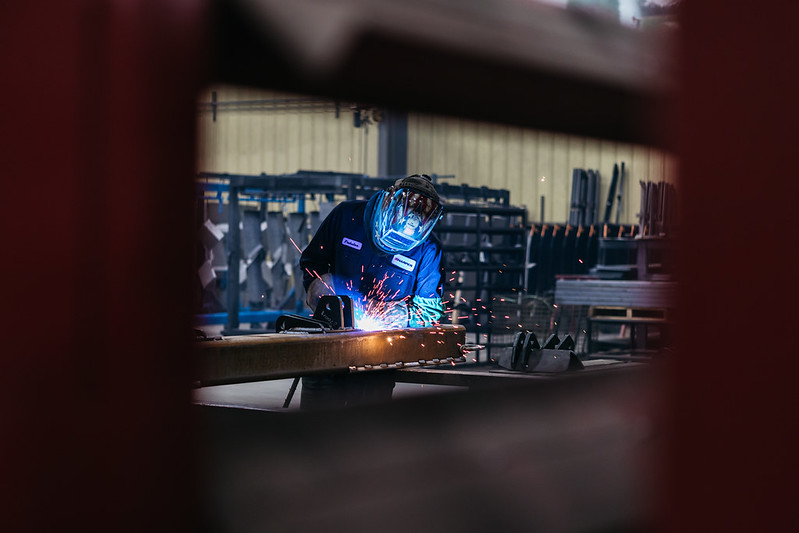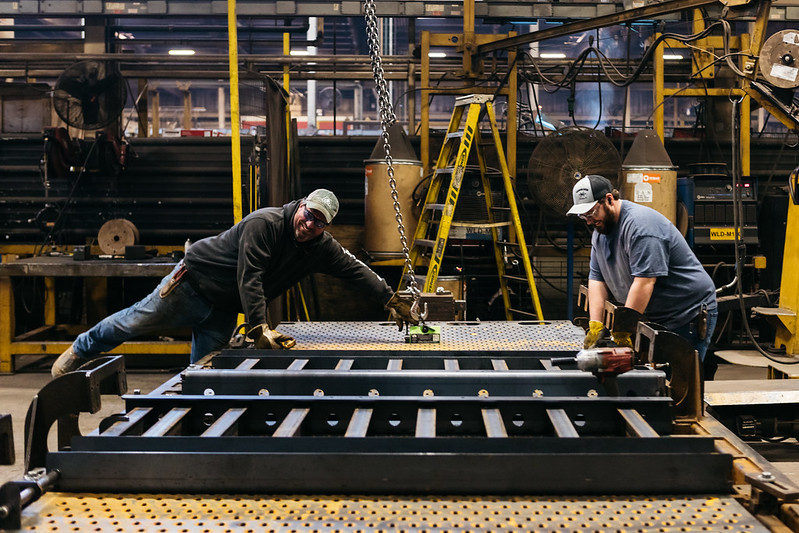As a proud member of the Common Ground Alliance (CGA), AEM supports National Safe Digging Month and asks its 1,000-plus members to spread awareness of the need to call 811 before taking part in digging projects.
With Safe Digging Month right around the corner, AEM recently sat down with Siggi Finnsson, senior product manager AEM member company Digital Control Inc. (DCI), to promote and support safe digging practices nationwide. DCI leads the Horizontal Directional Drilling (HDD) industry in advanced guidance systems for underground infrastructure installation, and the company participates in AEM’s Safety Materials Review Program to create unified safety messaging for the industries that the association serves.
AEM: What issues are present in the industry that make safe digging practices so important?
Finnsson: In our specific industry, which is horizontal directional drilling (HDD), the right of ways are becoming increasingly crowded. When an HDD contractor is tasked with installing a new pipe, they are having to avoid already existing pipes, so the industry has mandated in all of the training manuals that they must expose these utilities, know where they are, and have some sort of pan to safely navigate around them. The primary concern in our industry is that there are so many utilities in the ground, there is so much to avoid, and all of the infrastructure work that is being done is just adding to the crowded underground. That requires forethought and planning, and doing things correctly, which means exposing utilities and ensuring that 811 is involved. Some contractors even have their own utility locating equipment to make sure that everything that is there has already been found, and they’re not finding things that 811 did not. All in all, safe digging practices are extremely important in our industry, as there could be catastrophic consequences if existing pipes are damaged, or if there is not enough clearance surrounding existing pipes.
AEM: Why is it important to be involved with AEM to advance the message of safety through your involvement in AEM's Safety Materials Program?
Finnsson: It is important for DCI to be involved to ensure that our safety instructions are included in AEM’s unified safety message alongside other members. Because we as member companies have safety goals in common, we are able to sit down with each other and create an overarching message that applies to all users. The information offered in the AEM safety manuals can be found in DCI, Vermeer, or Ditch Witch manuals, but the information is presented in a more succinct manner and has an overarching message that we as members all can agree on. There is strength in a statement coming from an association like AEM, where every member signs on to that general message that applies to all machinery, not to the specific features in the equipment itself. Since the manual is shorter and perhaps more digestible for the end-users, it ensures that all we have our bases covered when it comes to general safe digging practices. In addition, tools like AEM’s Safety Toolkit help companies educate their employees on industry best-practices and the importance of safety in the field.
AEM: Can you share an anecdote that emphasizes the importance of safe digging practices in the field, and what can happen if these practices are not followed?
Finnsson: Any time a contractor installs a utility with HDD, there is the potential to damage existing utilities. The drill head needs to be safely navigated around existing utilities. It must be done with adequate clearance for the reamer which can be much larger to pass as well. This is where the location and exposure of existing utilities, and a plan are critical. In numerous instances, a utility was damaged during the reaming process because adequate clearance was not achieved. These are the kinds of mishaps we are trying hard to avoid through safe digging practices.
AEM: What is the importance of planning when it comes to safe digging practices?
Finnsson: I want to emphasize how important planning truly is. Say I am a contractor, and I have six utilities that I need to cross. Typically said utilities require a clearance around them, and the best and safest way to follow that clearance is to plan out the boring. There are various kinds of software that contractors can use to plan out their projects, which does take time, but provides confidence. Think of it as step-by-step instructions to get from point A to B. There is always relief on a contractor’s face when they realize that by spending a little bit of time upfront planning their bore, their stress level will be significantly reduced by not drilling in a more ad-hoc manner. In short, there is a better way to do things than they have been done in the past, by planning ahead of time.
AEM: Include a statement on your commitment to damage prevention in general, and why that commitment is so important.
Finnsson: Our equipment allows the contractor to accurately locate their drill head, its inclination, and where it is headed. Contractors have to be able to trust our equipment to complete their jobs, and we want to keep them safe in the field. Our commitment is to ensure that our equipment is as accurate and precise as possible. Without having accurate information, you can’t claim to be committed to safety. We emphasize ease of use as well; when it comes to manuals, we are committed to safety by trying to ensure that everyone can read and understand them. A portion of our end-users here in the U.S. speak Spanish, and we have numerous Spanish speakers to ensure that we can support that user base. This is huge in the construction industry for all OEMs, to have translations on both the equipment itself and the manuals and employing multilingual support staff.
Our commitment to safety – and the commitment of other OEMs – extends from design, manufacturing processes and quality control all the way to training and ease of use.
For More Information
AEM supports safety awareness year-round by offering an extensive array of safety products, including safety manuals and videos, with major equipment types covering aerial, agriculture, compact/portable, earthmoving, forestry, lifting, road paving and utility excavation applications.
Click here to see the complete line of AEM safety materials or visit safetymaterials.org.





